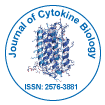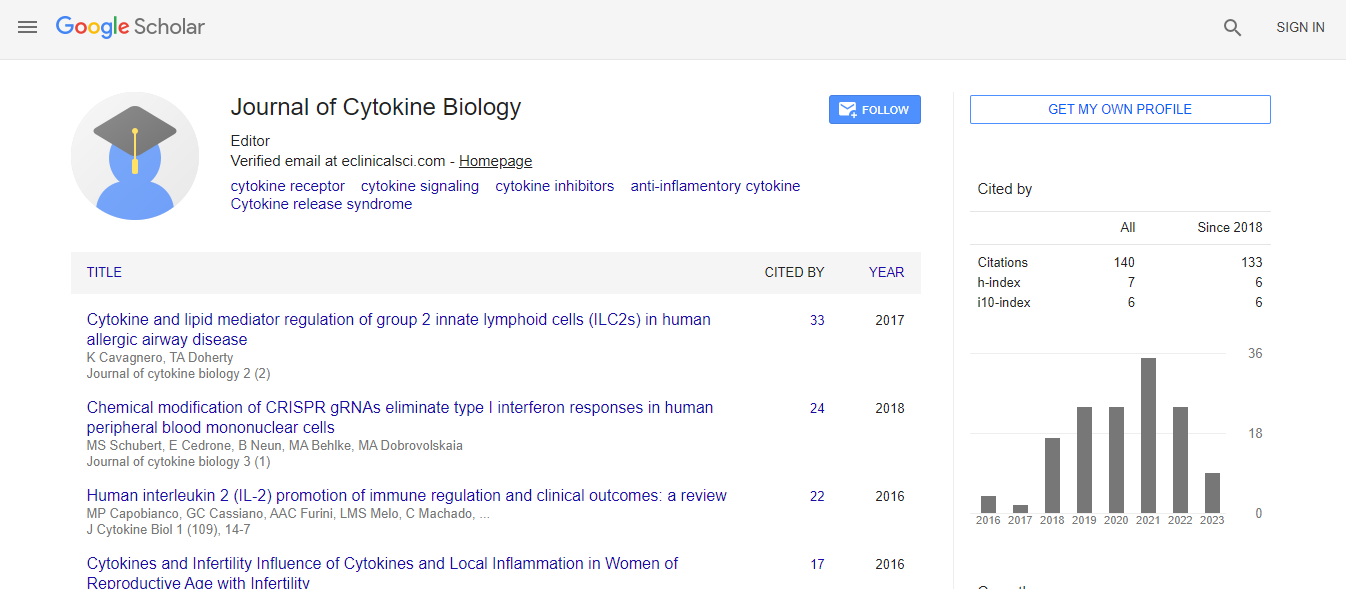Editorial Note to Flavonoids
*Corresponding Author: Bruno Leite, Department of Anesthesia and Intensive Care, Salmaniya Medical Complex, Manama, Kingdom of Bahrain, Email: brunol@hotmail.com
Citation: Leite B (2021) Editorial Note to FlavonoidsJ Cytokine Biol 6: 061
Copyright: © 2021 Leite B. This is an open-access article distributed under the terms of the Creative Commons Attribution License, which permits unrestricted use, distribution, and reproduction in any medium, provided the original author and source are credited.
Abstract
Flavonoids are made up of around 6000 phenolic chemicals are secondary metabolic products of plants that can be absorbed by eating a variety of edible plants. Onions, apples, berries, kale, leeks, broccoli, blueberries, red wine, and tea all contain flavonols (such as quercetin, kaempferol, and isoquercetin, among others). Flavonoids have a polyphenolic structure, indicating that they are antioxidants. On the other hand, flavonoid biological activity, on the other hand, go beyond antioxidant capabilities, though some of them are antioxidants. connected to them Flavonoids have been demonstrated to protect against a variety of diseases.

 Spanish
Spanish  Chinese
Chinese  Russian
Russian  German
German  French
French  Japanese
Japanese  Portuguese
Portuguese  Hindi
Hindi 